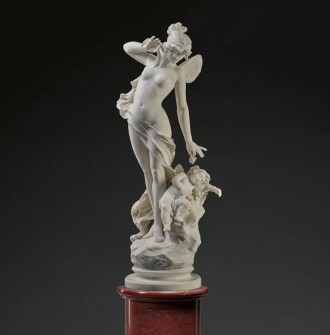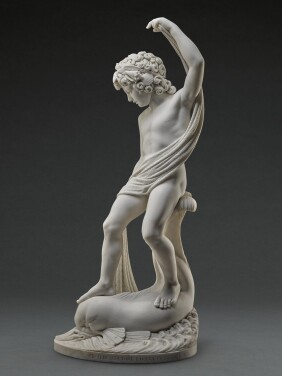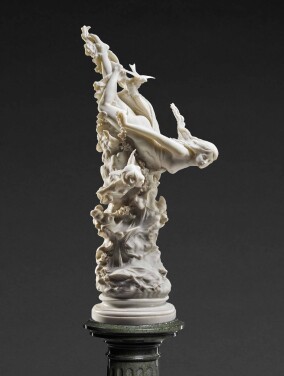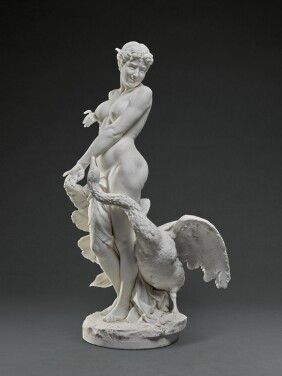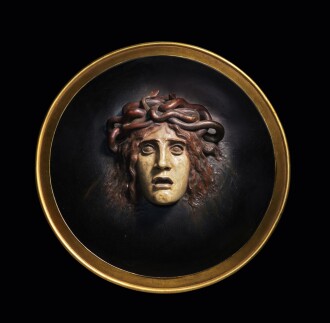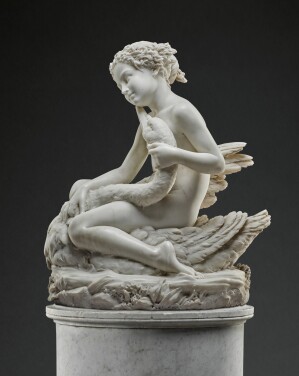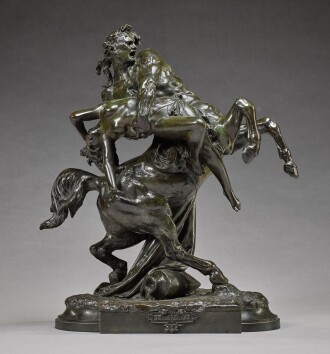S culpture was never more diverse than in the 19th century. From serene neoclassicism and the exuberance of the Belle Époque, to the mystery of Symbolism and the dawn of modernism in the early 20th century, European sculptors continuously strove to astonish and to innovate.

The white marble quarries of Carrara, which had served Michelangelo in the Renaissance, became the centre of a thriving marble carving trade in the 19th century. This extended to the Italian centres of Florence, Rome and Milan, where sculptors specialised in dazzling compositions that were shown at art exhibitions around the world and exported to an elite clientele across Europe and America.
The supreme inventiveness and technical skill of Italian marble carvers is showcased in these exquisite sculptures from a private American collection.
Featured Lots

Revealing while concealing, the mask goes back to the dawn of time. In the late 19th century the artistic fascination with masks saw an extraordinary revival. Inspired by ancient Greek theatre masks, the Symbolist painter Arnold Böcklin conjured one of the most memorable images of the century with his formidable Shield with the Head of Medusa.
Another Symbolist, Franz von Stuck, explored the concept with his powerful portrait of Beethoven, modelled after the composer’s death mask. The French sculptor Jean Joseph Marie Carriès looked to traditional Japanese Noh plays for his more light-hearted Laughing Mask.
Featured Lots

In their quest for fantastical subject matter in which to showcase their compositional skill, 19th-century sculptors found ample inspiration in classical mythology. Leda’s abduction by Zeus in the guise of a swan allowed Emanuele Caroni to display his mastery of carving feathers into marble, while Prosper d’Epinay interpreted the Eastern goddess Astarte as a sensuous nude. Carrier Belleuse’s dynamic rendering of the abduction of Hippodamia shows the involvement of the young Rodin in the centaur’s bold musculature.
